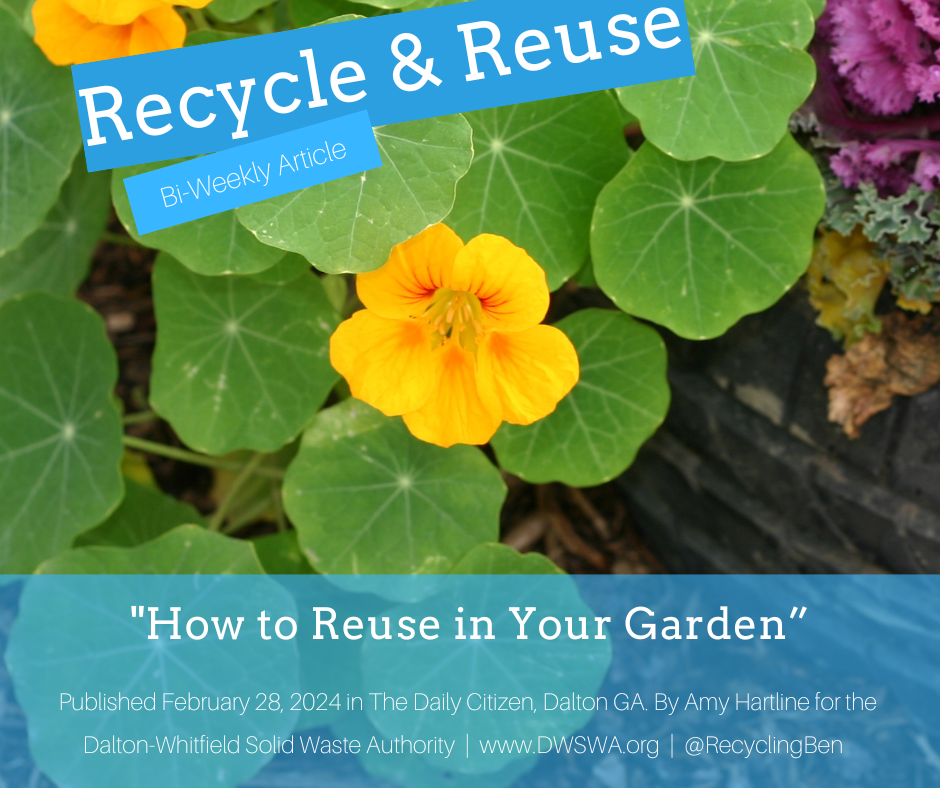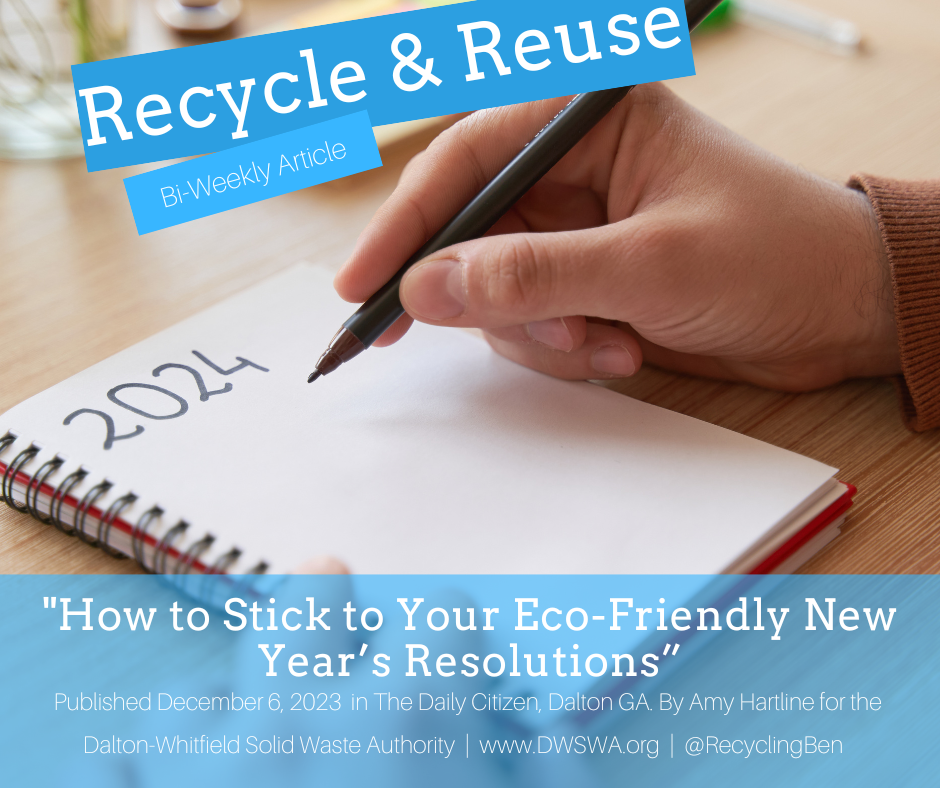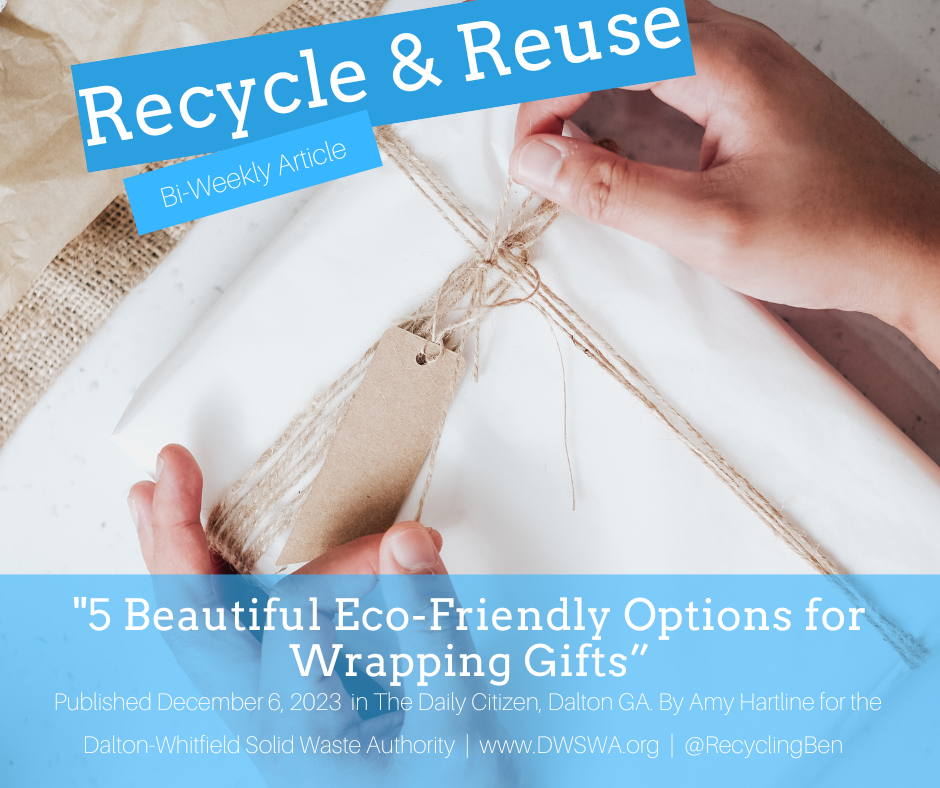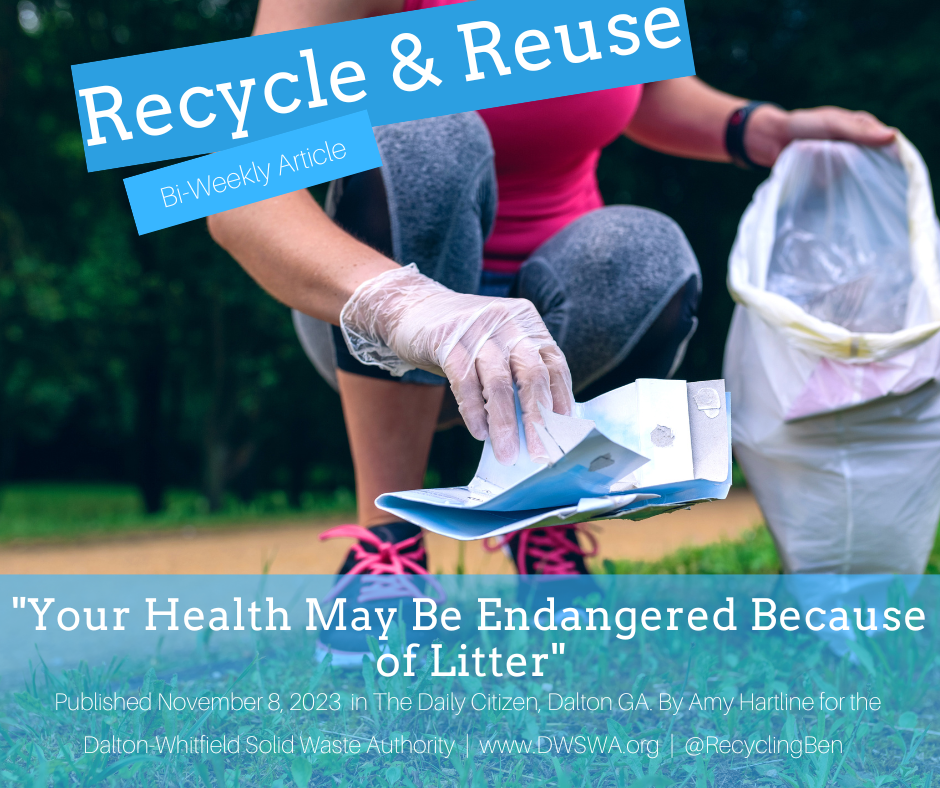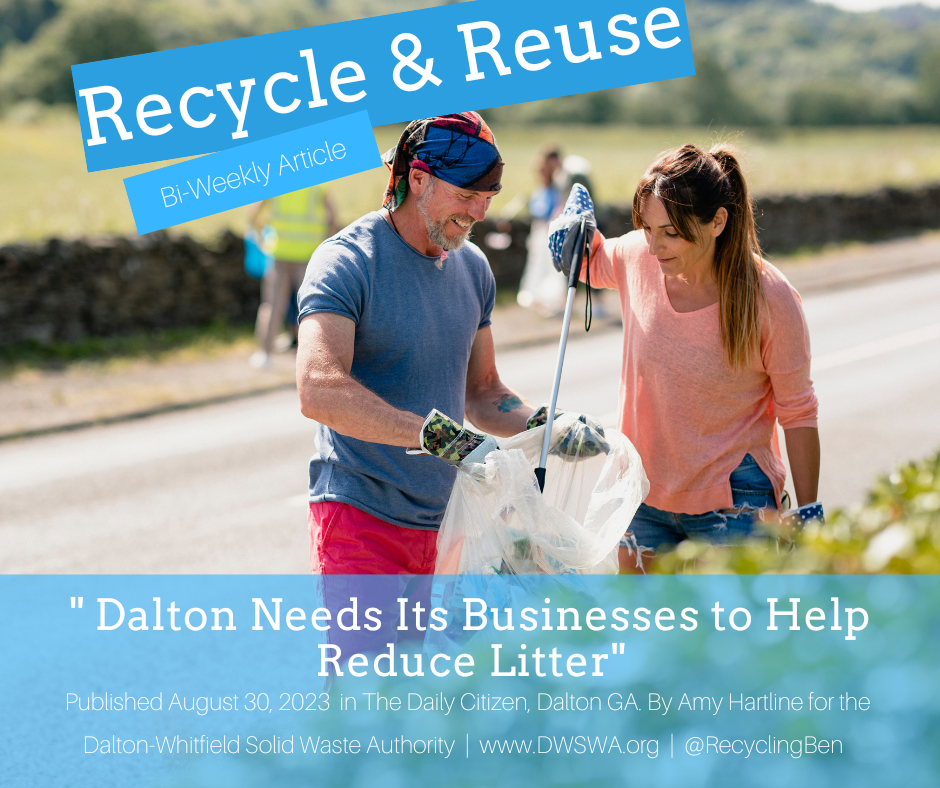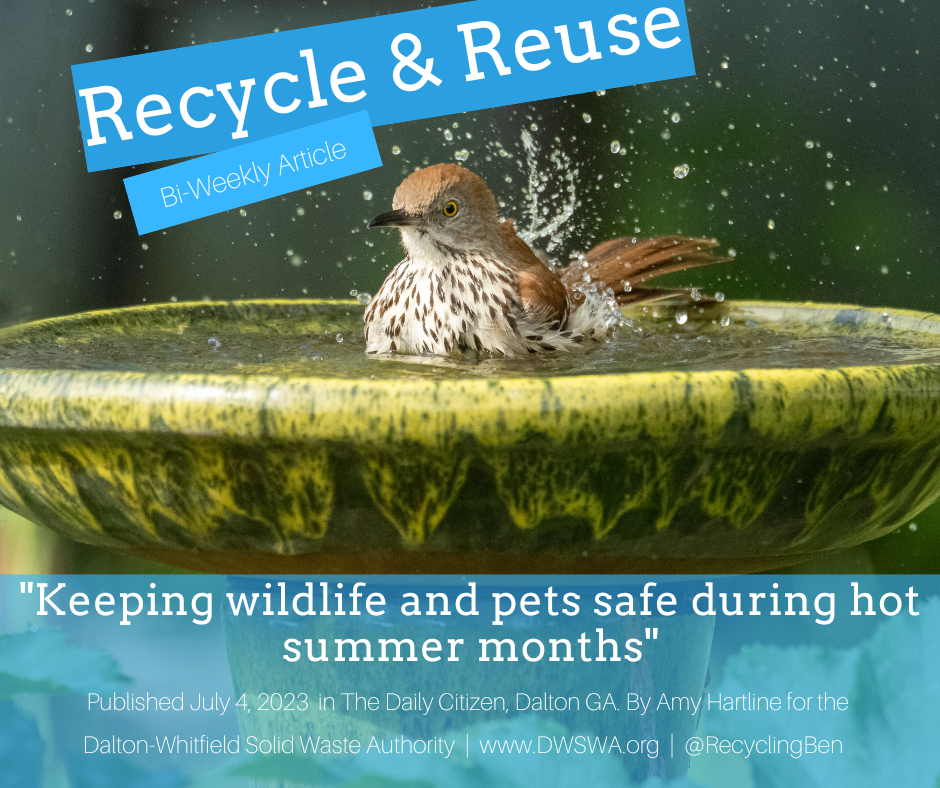Easy DIY Repairs to Limit Waste
/When we talk about going zero-waste we usually discuss swapping out single-use or disposable items for reusable options, but another important element is being able to repair the things we have instead of changing it out as soon as there is a problem.
Owning a sewing machine can make some fabric and clothing repairs easier, but many small fixes can be done quickly with simple needle and thread alone.
There are three main categories for finding repair options including clothing, small items, and large furniture and appliances.
Life can be hard on our clothing. Over time it can become torn, dull, or have a button pop off. Luckily, simple clothing repairs can also be some of the easiest repairs to learn. If you are craftier try using a whip stitch and spare fabric to repair tears and find a slow video and use needle and thread to affix your button, and if you aren’t into a DIY solution take them to any alterations shop for an inexpensive repair. Not all clothing issues are from fabric, our shoes deal with the most out of our wardrobe and often show it. Shoes typically get scuffed and there are only a few repair options. You can paint the heel or scuffed area with a matching or complementary color with a topcoat or even buy heel wraps from heelcandywraps.com that can be applied with heat for a clean and easy fix. With any clothing repair, if it feels out of your depth go to the experts and have the price for fixing it quoted. It may be much less than you think!
Many of the small items we carry with us each day or are used around the home often have issues that cause them to be unusable. Finding the answers on how can be a little overwhelming though so it helps to have specific places to look first for solutions. For tech fixes, try ifixit.com first, for specific questions. Use Reddit.com and visit the subreddit or group “fixit”, on Youtube.com try looking at the Know How Now or the FIX IT Home Improvement Channel for specific repair videos. The content creator, FIX IT Home Improvement Channel, also has a series on a product called Sugru, which is a fantastic product for fixing small appliances. Sugru is an inexpensive moldable glue that turns into a durable and flexible silicone as it dries. It’s perfect for fixing chargers or cables that are starting to break, replacing broken handles, or repair toys. You simply mold it into the shape you need and let it dry over one day. For any appliance issues, search the exact model you have with the issue and see if there is a guide for repair or call the manufacturer.
You can also call the manufacturer of large appliances because no matter the size of the appliance it may have a small piece that is causing the issue that the manufacturer can send to you for an inexpensive fix. There are multiple options to help you repair wooden furniture. For smaller scratches and holes, use wood filler and touch up paint or gel stain. For larger chips or broken pieces, use Bondo which is similar to wood filler, but thicker. To make the Bondo lay flat, use a flat surface to clamp it and let it dry for thirty minutes. After thirty minutes, sand the Bondo down and paint or stain it to match the furniture color. For leather furniture, look at the items and tutorials from Leather Repair Company online to find solutions to the specific issues you have from cat scratches to ink stains.
In a time before quick online orders, it was more popular to learn how to repair items and make-do which meant that there was also less waste. While it is easier to buy new things to replace broken ones now, it is also easier to find a way to repair the items. Using these resources and even asking the people around you for their knowledge can help you save money, clutter, and space in our landfill.


